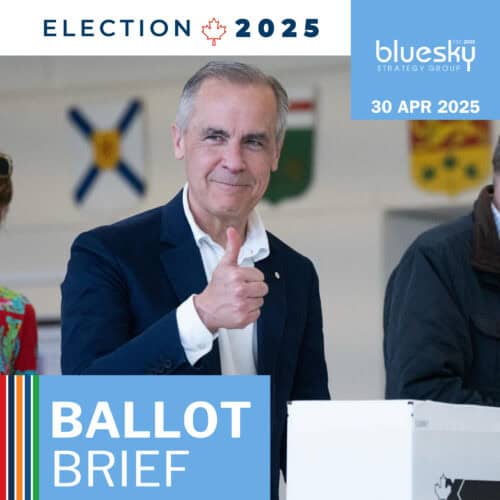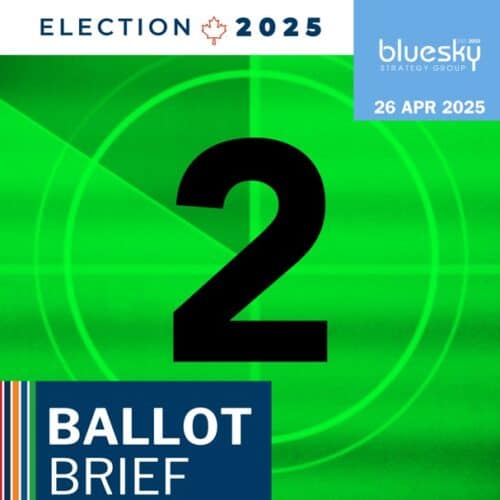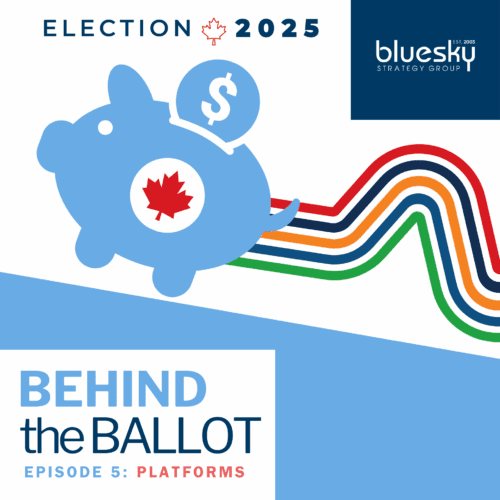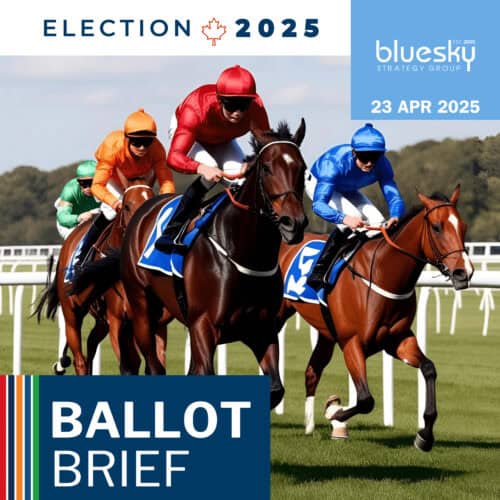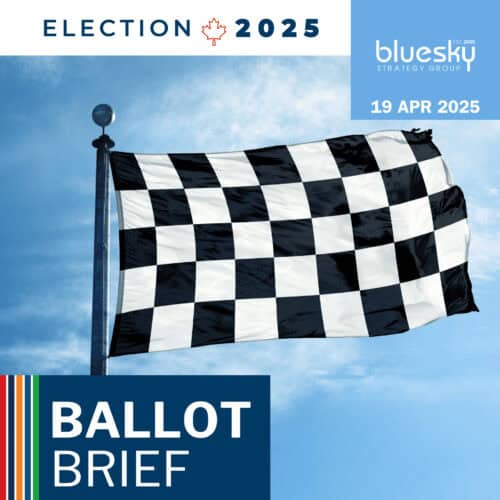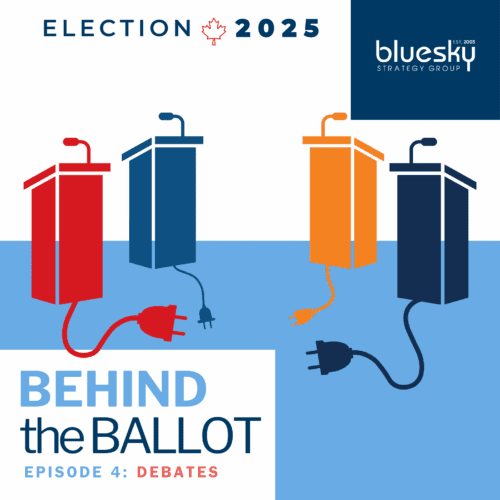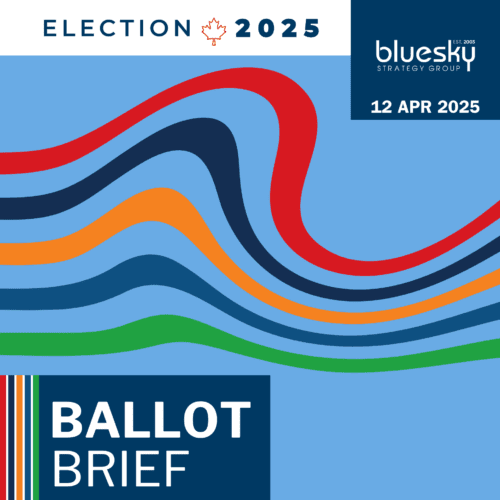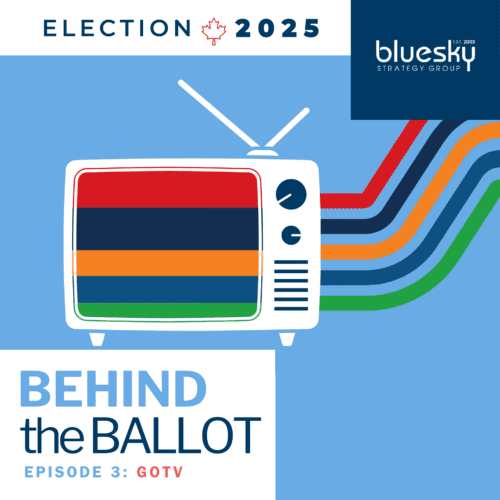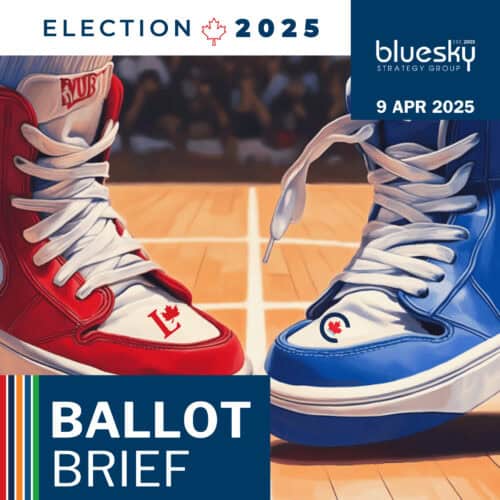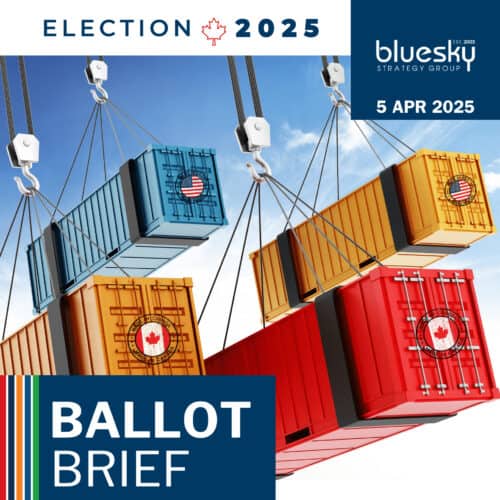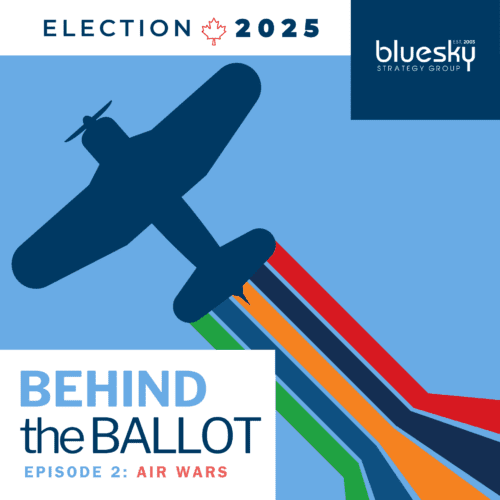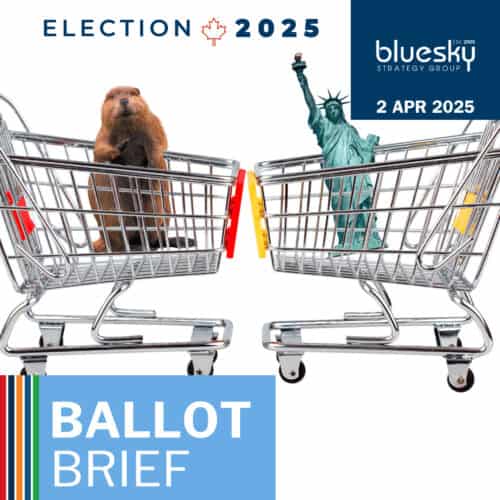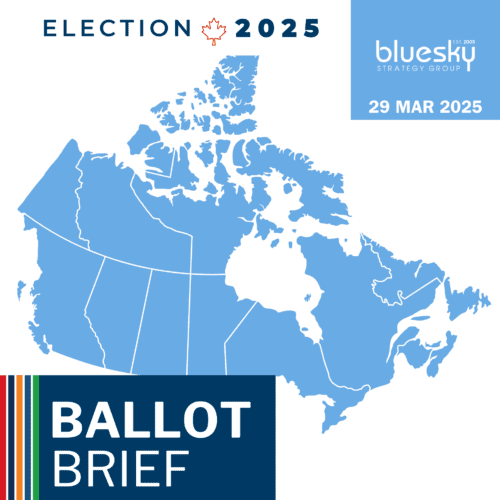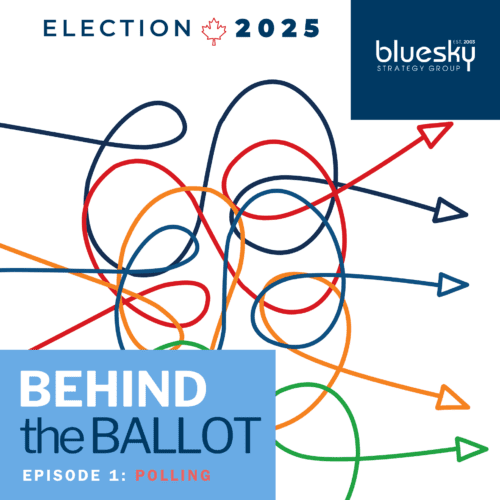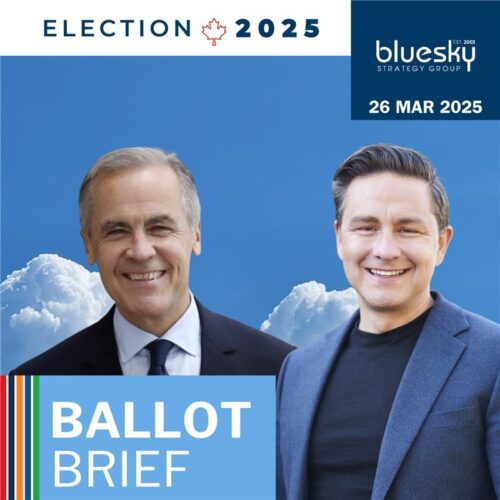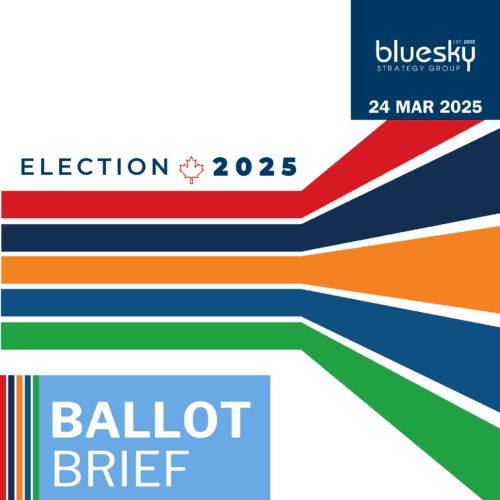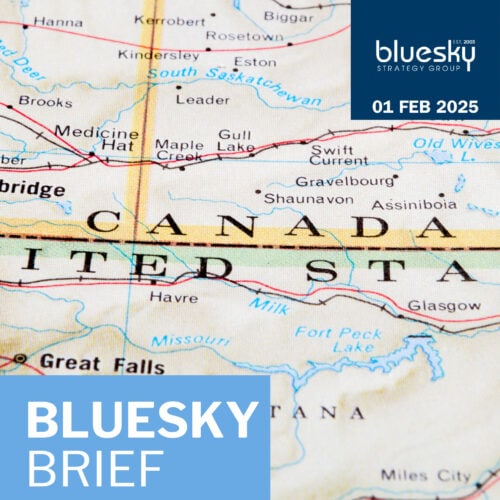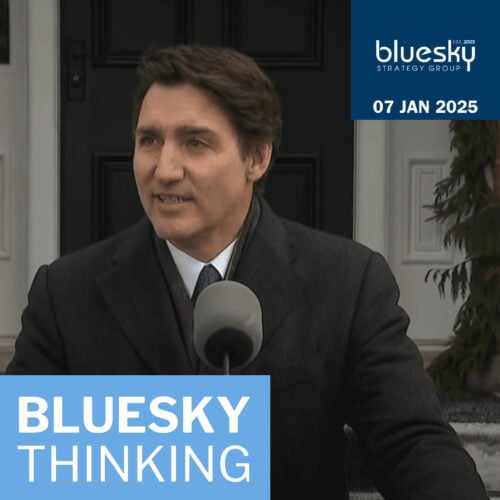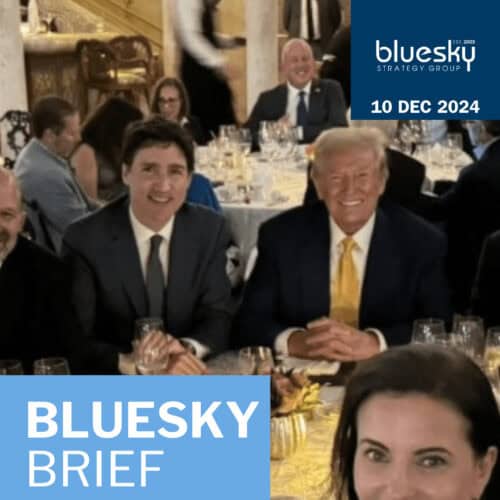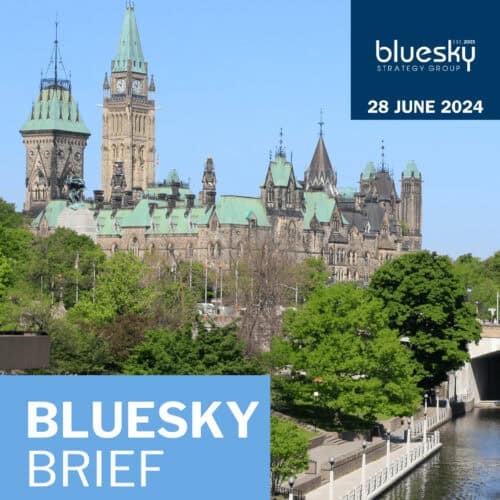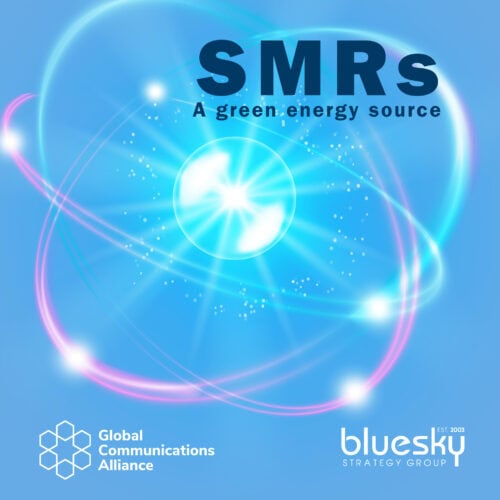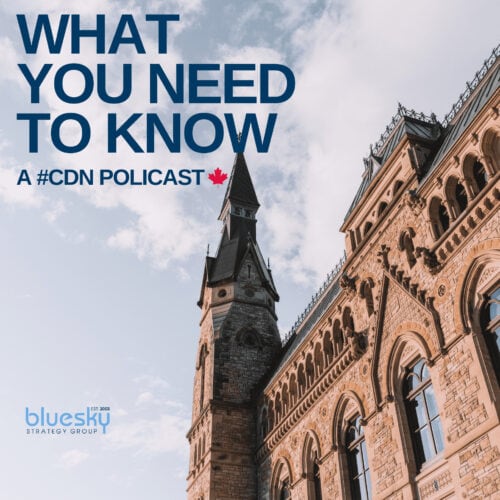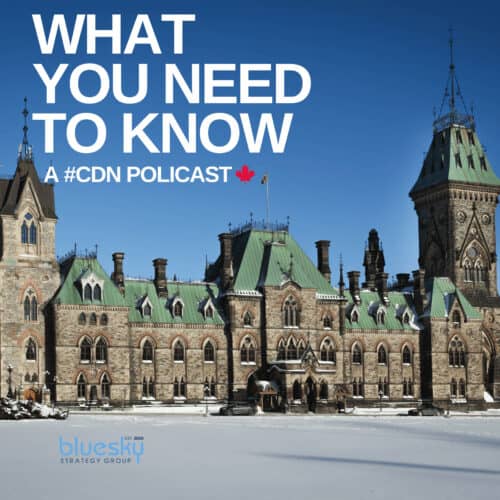We hope you had a restful long weekend. While many Canadians were enjoying some downtime, advance polls saw a record turnout of 7.3 million voters. Now, with less than a week to go, the Liberals, NDP, and, as of yesterday, the Conservatives, have released their fully costed platforms. The Bloc Québécois and Green Party platforms were covered in earlier editions of the Ballot Brief. Here’s the latest and what to watch as we head into the final stretch.
The Rundown
Liberal Blueprint: On Easter Sunday, Liberal leader Mark Carney released his party’s Canada Strong platform, pitching big promises with a clear message: protect what makes Canada, Canada. The Liberals say they’ll modernize health care with more doctors, expedited credentials, better access to mental and reproductive care, and push back on privatization and proposed Conservative cuts. They’ll keep people and goods moving in Atlantic Canada by removing tolls and ferry fees. And they’re going all-in on economic growth: fighting Trump’s tariffs, rearming the military, cutting middle-class taxes, and investing in homes, energy, and infrastructure — all while balancing day-to-day spending by 2028.
Conservative Shift: Yesterday, Conservative leader Pierre Poilievre laid out his Plan for Change — a pledge to cut the Liberal deficit by 70 per cent, lower income taxes by 15 per cent, build 2.3 million homes, and crack down on crime. He promised $125B in savings over four years and targeted inflation with a $10B cut to spending on consultants and fast-tracked resource projects. On housing, he’ll axe the GST on new builds, sell federal land, and tie infrastructure funding to housing approvals. He also committed to mandated addiction treatment and life sentences for fentanyl traffickers.
People-First Plan: NDP Leader Jagmeet Singh unveiled a costed platform promising to take on food inflation with emergency price caps, a windfall tax on grocery giants, and tighter rules on markups for Canadian-made goods. He says an NDP government’s first budget would focus on universal pharmacare, national rent control, and building three million homes by 2030 — paid for by taxing extreme wealth and corporate profits, while keeping the debt-to-GDP ratio on a downward track.
A Bold Stand: Bloc Leader Yves-François Blanchet renewed his call for full immigration powers for Quebec, warning Liberal immigration plans tied to the Century Initiative ignore Quebec’s integration capacity and political weight. He also pledged bold climate action, including a co-insurance program to keep homes insurable, $2B for green retrofits, and major investments in shoreline protection and local infrastructure, while denouncing Liberal and Conservative climate backtracking as a betrayal of future generations.
The Inside Track
- Strong early participation at the advance polls demonstrates the high-stakes nature of this election. The post-debate polls have held steady with only slight tightening. The Liberals hold a lead in key election-deciding regions — particularly Atlantic Canada, Quebec, and Ontario — where diminished NDP and Bloc support is causing reduced vote splits. Vote splitting would normally favour the Conservatives, who are still polling around 38 per cent nationally – a level that would normally garner them a majority. With platforms now released and final messaging sharpened, leaders will crisscross the country targeting battlegrounds, hammering home closing arguments tailored to both local dynamics and the national media frame. Where they go, and where they stay away from, will say as much as what they choose to say.
- With the news of Pope Francis’ death on Easter Monday, many are wondering if Carney, in his capacity as prime minister, will take yet another pause in the final stretch of the campaign to attend the Pope’s funeral on Saturday. As prime minister, he would be representing Canada and its many Catholics, plus those beyond the flock who saw this Pope as a leading force for social justice and reform globally. It’s a tough call that will rest with Carney himself, especially as an observant Catholic who knew His Holiness personally. It is a decision that is likely to draw both praise and criticism, either way he decides, right at the very crescendo of a high-stakes political campaign.
- With the Conservative platform released, Canadians are seeing the party reinforcing its key themes of affordability, public safety, and tax relief, rather than introducing new policies. After a long weekend prioritizing ground-level get-out-the-vote (GOTV) efforts, Poilievre resumed the tour with a rally in the GTA last night and is set to appear in Trenton tonight. It is expected that he will also visit key battlegrounds identified through internal polling as increasingly competitive. The national push follows what some within the campaign view as a modest momentum boost coming out of last week’s debates, and is designed to energize the base, convert undecided voters, and secure narrow wins in close ridings as Election Day approaches.
- With less than a week left before election day, Singh is on a full campaign blitz across British Columbia, where the fate of both his leadership and the party could be decided. The leader spent the weekend rallying supporters on Vancouver Island, including at a packed event at Victoria’s Beacon Drive-In, flanked by local candidates and volunteers. New polling suggests several previously safe NDP ridings like — North Island, Powell River and Cowichan–Malahat–Langford are facing growing pushback. To stem the bleed, Singh is hammering a straightforward message: if voters want to stop the Conservatives, the only viable option on the Island is orange. His campaign continues to push hard on affordability, housing, and public health care, with key pledges to legislate against health privatization and build three million homes.
South of the Border
Legal challenges to ‘Tariffs Mount: Trump’s “Liberation Day” tariffs are facing growing legal pushback. On April 14, the Liberty Justice Center filed a lawsuit in the U.S. Court of International Trade on behalf of five small U.S. businesses. They argue that the President’s use of the International Emergency Economic Powers Act (IEEPA) to impose tariffs is unconstitutional, as only Congress has the authority to levy taxes. This follows earlier lawsuits from the New Civil Liberties Alliance and the State of California, alongside ongoing congressional action on limiting the President’s authority to impose unilateral tariffs. Other groups, like the U.S. Chamber of Commerce, have opted not to pursue legal action.
Roche Moves Stateside: Swiss pharmaceutical giant Roche unveiled plans to invest $50 billion in U.S. manufacturing over five years — a move widely seen as a hedge against proposed tariffs on pharmaceuticals. The plan includes building major facilities in Pennsylvania, Indiana, and Massachusetts, creating over 12,000 jobs. Industry analysts point to this investment as part of a broader trend: firms with strong export ties, including from Canada, are boosting U.S. production capacity to stay ahead of shifting tariff risks.
South Korea Enters Talks: South Korea will meet with U.S. officials on April 24 to address 25 per cent tariffs on Korean auto and steel exports. Acting President Han Duck-soo expressed optimism that talks could yield mutually beneficial outcomes. The talks mirror the planned U.S. trade and security negotiations, set to begin after the April 28 election, regardless of the result.
Hot… or Not?
Influencers, Influencing Virally: A British-based not-for-profit, Reset Tech, with a mission to “reset the Internet for democracy,” released a report this month, cautioning that influencers on TikTok, many based in the U.S. and outside of Canada, were potentially having a “disproportionate” influence on the Canadian election. Between January and March, political content on TikTok racked up 1.1 billion views, of which 918 million views were from non-Canadian accounts. With the Meta ban on news links, Canadians are turning to other content, creating space for groups like Canada Proud to gain traction. A Canadian research project, Media Ecosystem Observatory, warns that the news void is driving a “continued spiral for Canada’s online ecosystem toward disinformation and division.”
Holy GOTV! While some had criticized the timing of the advance polls as falling on a weekend with high religious significance for the Christian and Jewish faiths, the result appears to have been a surprisingly successful turn of events. Elections Canada described the turnout at the polls as “record-breaking,” with 7.3 million Canadians casting their ballots and two million on Good Friday alone — an unusual occurrence at advance polls. All campaigns will now turn their GOTV efforts for election day, next Monday.
Canada’s Game – Politics on Ice? This election didn’t just bump into Easter and Passover — it collided with hockey. From Carney skating with the Oilers and hanging rinkside with Mike Myers, to the French debate being moved up to accommodate a key Habs game, politics has been sharing the spotlight with Canada’s game. And with five of seven Canadian teams in the playoffs, the question now is, will the hockey season be a politics-free zone?
What the Woke? Throughout the campaign, Poilievre has vowed to “eliminate woke ideology” from the public service, while the Bloc aims to defund equity, diversity and inclusion (EDI) programs. Several unions in Canada oppose these promises, concerned about what this might mean for their constituents. The Public Service Alliance of Canada — one of Canada’s largest unions — and the Canadian Association of University Teachers have both released statements defending EDI as essential to a public service that reflects Canada’s population and warning against political interference.
Bluesky Bonus
Bluesky on the Air: Don’t miss Vice-President Jordan Paquet sharing his sharp campaign insights on two key platforms. Catch him on CPAC’s Prime Time Politics campaign managers panel with Michael Serapio, and tune into his take on the News Day panel as part of Now You Know with Rob Snow.
